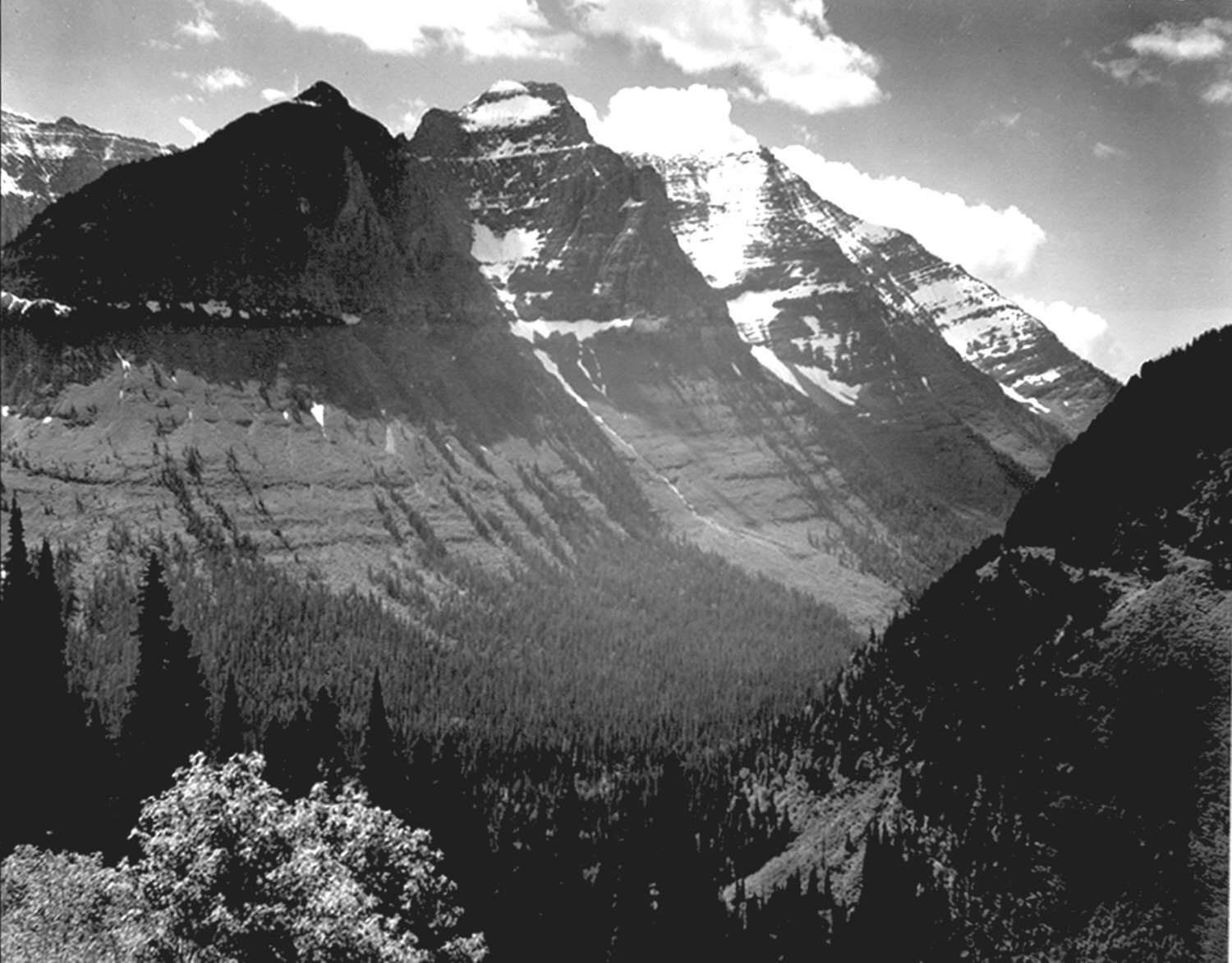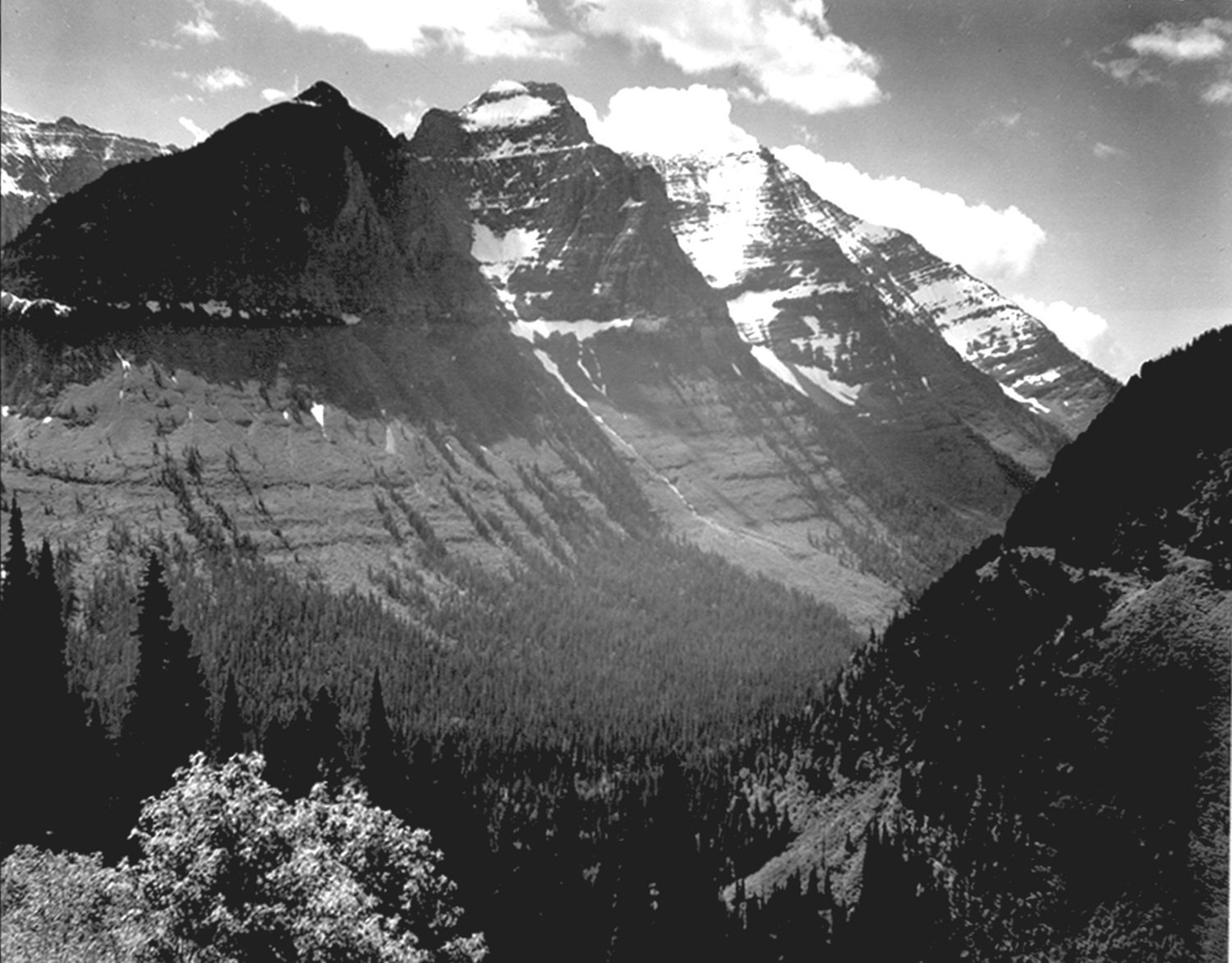Glacier National Park, a pristine wilderness in Montana, faces significant challenges in managing food waste. The park’s efforts to reduce, recycle, and compost food waste are part of a broader sustainability initiative. While specific data for Glacier is limited, national parks across the U.S. are implementing innovative strategies to tackle food waste. This article explores the current practices, outcomes, and future directions for food waste management in Glacier National Park.
What is the Current State of Food Waste in Glacier National Park?

Food waste is a pressing issue in Glacier National Park, reflecting broader national trends. While exact figures for the park are not available, we can draw insights from national statistics:
- Food waste accounts for 14% of total solid waste in the U.S. before recycling
- After recycling, food waste represents 21% of remaining solid waste
- 30-40% of the U.S. food supply ends up as waste
These statistics highlight the potential scale of the food waste challenge in Glacier National Park, given its millions of annual visitors and numerous food service operations.
How Does Glacier National Park Manage Food Waste?

Glacier National Park employs several strategies to manage food waste:
- Composting Initiatives:
- Partnership with local companies to collect and process food waste
-
Transformed compost used in flower beds at Lake McDonald Lodge and Many Glacier Hotel
-
EPA Food Recovery Hierarchy:
- Source reduction
- Diverting surplus food to feed people in need
- Feeding animals
- Industrial recycling
-
Composting
-
Concessioner Efforts:
- Park restaurants and lodges implement various waste reduction methods
What Are the Measurable Outcomes of Food Waste Reduction Efforts?
While specific data for Glacier National Park is limited, we can look at broader efforts in national parks:
| Metric | Value | Context |
|---|---|---|
| Composted Food Waste | 241 tons | By Xanterra in five national parks (2021) |
| Percentage of Total Waste | 11.8% | Of Xanterra’s total waste |
| Percentage of Park Waste | 23.5% | In the five parks managed by Xanterra |
| Food Waste Diversion Rate | Up to 90% | Achieved in Zion National Park through composting |
These figures demonstrate the potential for significant food waste reduction in national parks, including Glacier.
What Are the Costs and Partnerships Involved in Food Waste Management?
The specific costs of food waste management in Glacier National Park are not publicly detailed. However, the park’s approach involves:
- Partnerships with local companies for composting
- Potential funding from National Park Service sustainability programs
- Collaborations with private partners
These partnerships help reduce landfill waste and produce valuable soil amendments, demonstrating a cost-effective approach to food waste management.
How Can Visitors Contribute to Reducing Food Waste in Glacier National Park?
Visitors play a crucial role in reducing food waste. Here are some ways to contribute:
- Plan meals carefully to avoid over-purchasing
- Use reusable containers and utensils
- Properly dispose of food waste in designated composting bins
- Support park restaurants that prioritize sustainable practices
- Educate fellow travelers about the importance of reducing food waste
What Future Initiatives Are Planned for Food Waste Management in Glacier National Park?
While specific future plans for Glacier National Park are not detailed in available sources, potential initiatives could include:
- Expanding composting programs to cover more areas of the park
- Implementing advanced food waste tracking systems
- Enhancing visitor education on food waste reduction
- Exploring innovative technologies for on-site food waste processing
How Does Glacier National Park’s Food Waste Management Compare to Other National Parks?
Glacier National Park’s food waste management efforts align with broader trends in national parks:
- Yellowstone National Park:
- Composts food waste from all major lodging and food service facilities
-
Diverted over 2 million pounds of food waste from landfills in recent years
-
Yosemite National Park:
- Implements comprehensive recycling and composting programs
-
Focuses on visitor education to reduce waste at the source
-
Grand Canyon National Park:
- Operates a large-scale composting facility
- Processes food waste from park lodges and restaurants
While Glacier’s specific performance metrics are not available, these examples demonstrate the potential for comprehensive food waste management in national parks.
What Challenges Does Glacier National Park Face in Food Waste Management?
Glacier National Park likely faces several challenges in managing food waste:
- Seasonal Fluctuations: High visitor numbers in summer can lead to spikes in food waste
- Remote Location: Transporting waste or compost materials can be logistically challenging
- Wildlife Concerns: Proper food waste management is crucial to prevent wildlife interactions
- Diverse Waste Sources: Managing waste from various lodges, restaurants, and campsites requires coordinated efforts
- Visitor Education: Ensuring millions of annual visitors understand and follow waste reduction practices
How Can Technology Improve Food Waste Management in Glacier National Park?
Emerging technologies could enhance food waste management in Glacier National Park:
- Smart Bins: IoT-enabled bins that monitor fill levels and composition of waste
- AI-Powered Waste Sorting: Automated systems to improve recycling and composting efficiency
- Food Waste Tracking Software: Digital tools to monitor and analyze waste patterns in park facilities
- Anaerobic Digesters: On-site systems to convert food waste into biogas and fertilizer
- Mobile Apps: Visitor-focused apps providing information on proper waste disposal in the park
Implementing these technologies could significantly improve the efficiency and effectiveness of food waste management in Glacier National Park.
In conclusion, while Glacier National Park faces challenges in managing food waste, ongoing efforts and potential future initiatives demonstrate a commitment to sustainability. By leveraging partnerships, technology, and visitor engagement, the park can continue to reduce its environmental impact and preserve its natural beauty for future generations.
References:
1. https://www.nps.gov/glac/getinvolved/sustainability.htm
2. https://www.nps.gov/articles/000/food-waste1.htm
3. https://www.xanterra.com/stories/committed-to-reducing-waste/